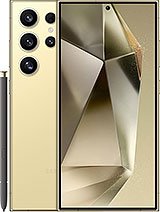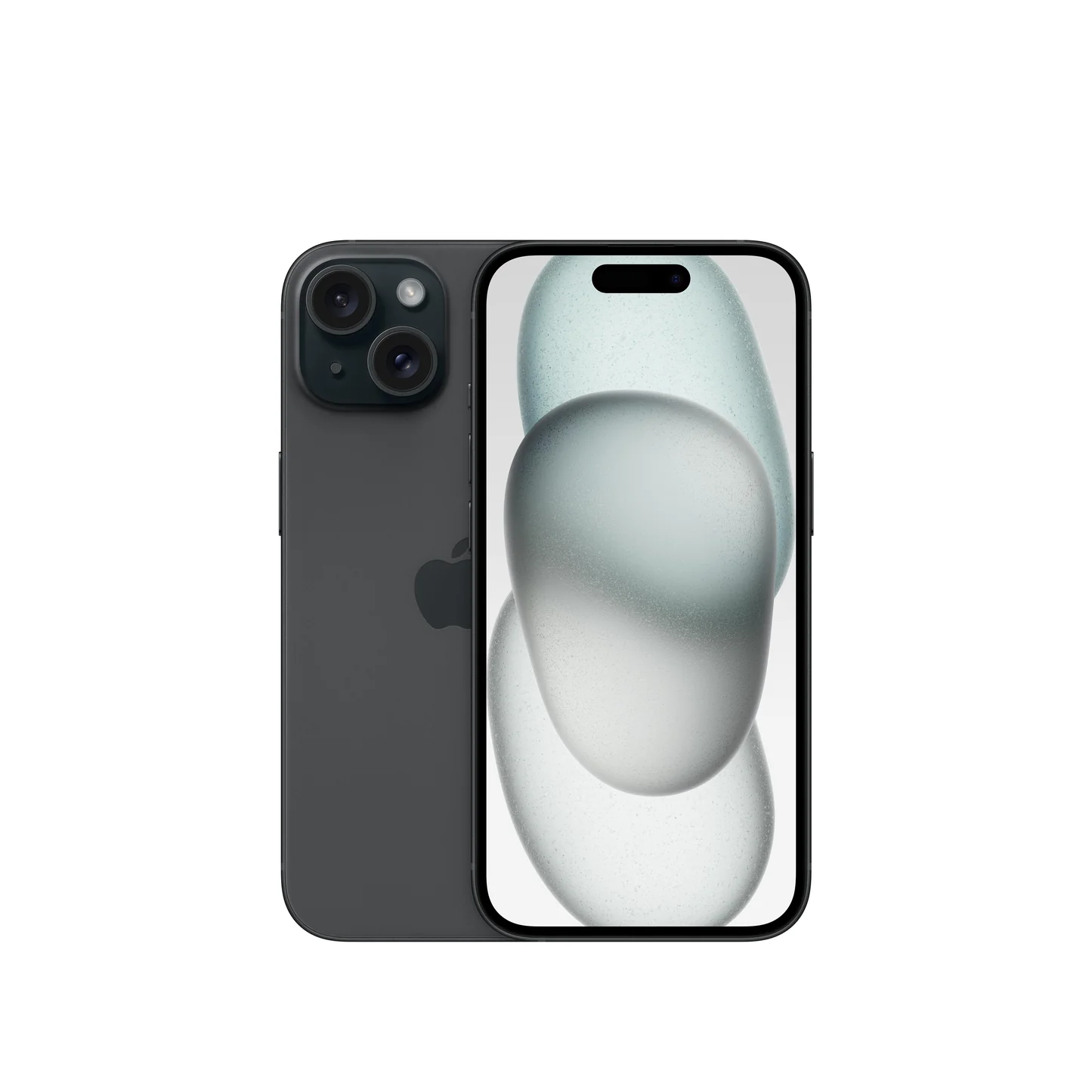Introduction:
Introduce the new iPhone 16, touching on the anticipation and how Apple has historically pushed the boundaries of smartphone technology. Mention what readers can expect from this post, like design, features, performance, and user experience.
Example:
“The iPhone 16 is finally here, and it’s making waves in the tech world. With every release, Apple raises the bar, and this year is no different. Let’s dive into what makes this iteration stand out from its predecessors.”
1. Design & Build Quality:
Talk about the design changes, such as materials, colors, and form factor. You can also mention if Apple has kept its iconic look or taken a new approach.
- New Dimensions & Weight
- Material Choices (e.g., titanium frame)
- Display (screen size, OLED technology, refresh rate)
- Durability (water resistance, scratch resistance)
Example:
“The iPhone 16 takes Apple’s premium design language to the next level, with a sleek titanium frame that feels both sturdy and lightweight. The edge-to-edge OLED display now comes in 6.1 and 6.7-inch variants, with a 120Hz ProMotion refresh rate for buttery-smooth scrolling.”
2. Key Features:
Highlight the most anticipated features. Include features like camera improvements, new sensors, display technology, and any unique innovations (e.g., foldable tech or under-display cameras, if relevant).
- Camera Enhancements (e.g., AI photography, night mode, zoom capabilities)
- A17 Chipset (performance improvements)
- Battery Life & Charging (longer battery life, fast charging capabilities, wireless options)
- Software Innovations (iOS 18 features)
Example:
“With the iPhone 16, Apple has once again redefined mobile photography. The new 50MP triple-camera system boasts improved low-light capabilities and a 10x optical zoom, perfect for capturing details from a distance. Powered by the A17 chipset, the phone handles everything from heavy gaming to multitasking without breaking a sweat.”
3. Performance & Battery:
Dive into the performance aspects, such as the processor, RAM, and benchmarks, and discuss battery life improvements. If there’s a change in the battery capacity or fast-charging support, highlight that here.
- Processor & Graphics (e.g., A17 or M1 chip?)
- Battery Efficiency (screen-on time, standby)
- Charging Innovations (MagSafe, USB-C?)
4. Software & Ecosystem:
Explore how iOS 18 integrates with the new hardware. Discuss updates to the ecosystem, such as Apple Watch, AirPods, and how iPhone 16 fits into Apple’s broader strategy.
- iOS 18 Features (widgets, privacy updates, etc.)
- Compatibility with Ecosystem (seamless integration with Mac, Apple Watch, AirPods)
Example:
“With iOS 18, the iPhone 16 experience is more customizable than ever. The revamped widgets offer dynamic updates throughout the day, while the enhanced continuity features let you switch seamlessly between your MacBook and iPhone.”
5. Pricing & Availability:
Discuss the pricing of various models and the availability in different markets. Mention if Apple introduced a new storage option or price tier.
- Model Prices (iPhone 16, iPhone 16 Pro, iPhone 16 Pro Max)
- Release Dates (Pre-orders, global release)
6. Final Thoughts & Conclusion:
Wrap up with your personal take on the iPhone 16. Discuss whether you think it’s worth upgrading, who the ideal customer might be, and how it compares to competitors like Samsung, Google Pixel, etc.








Leave a Reply